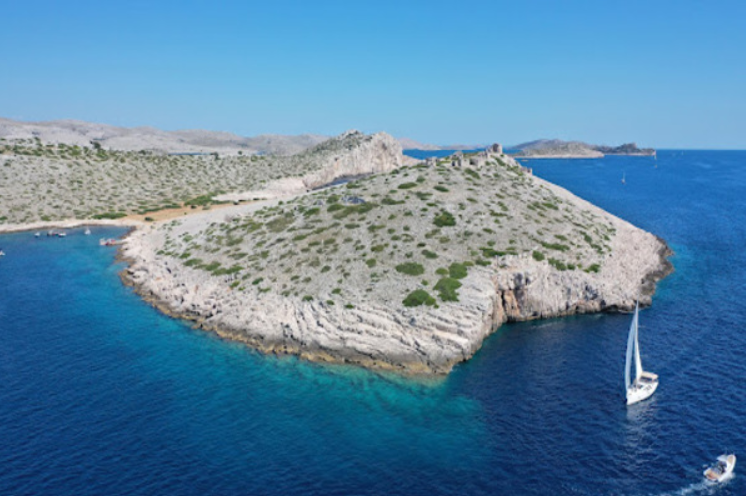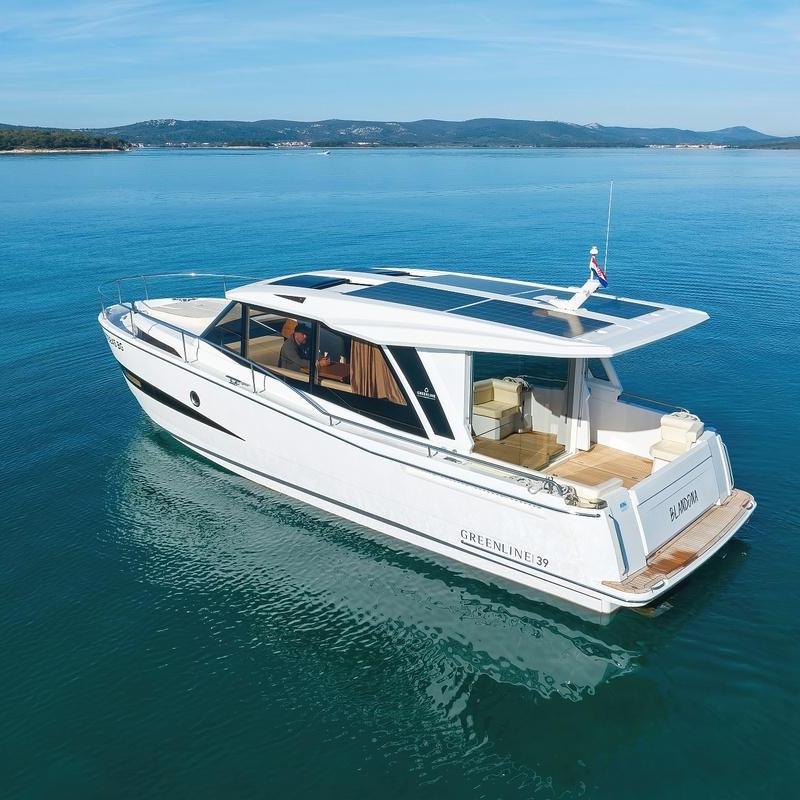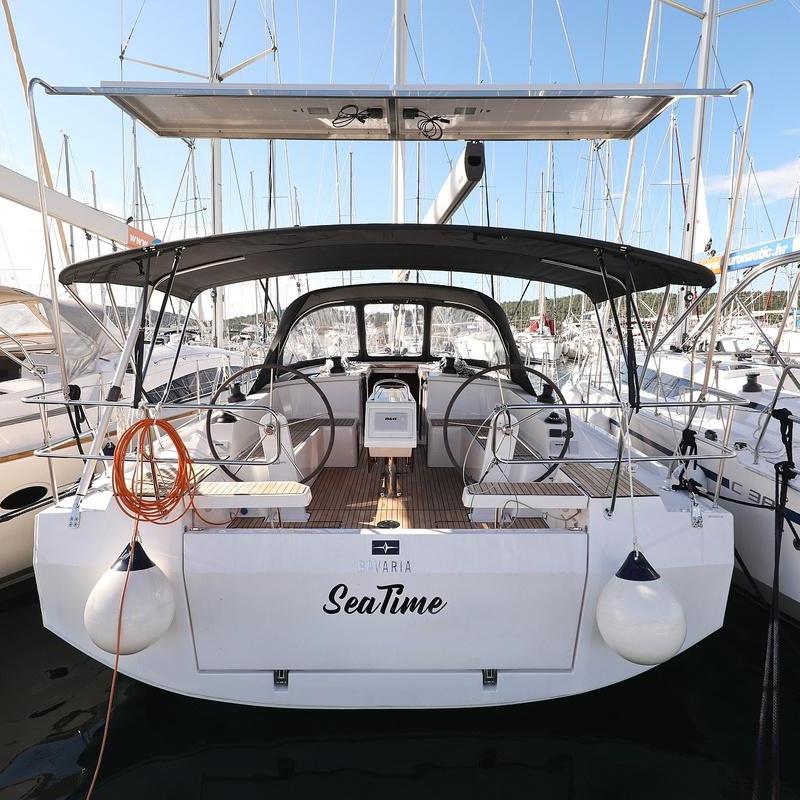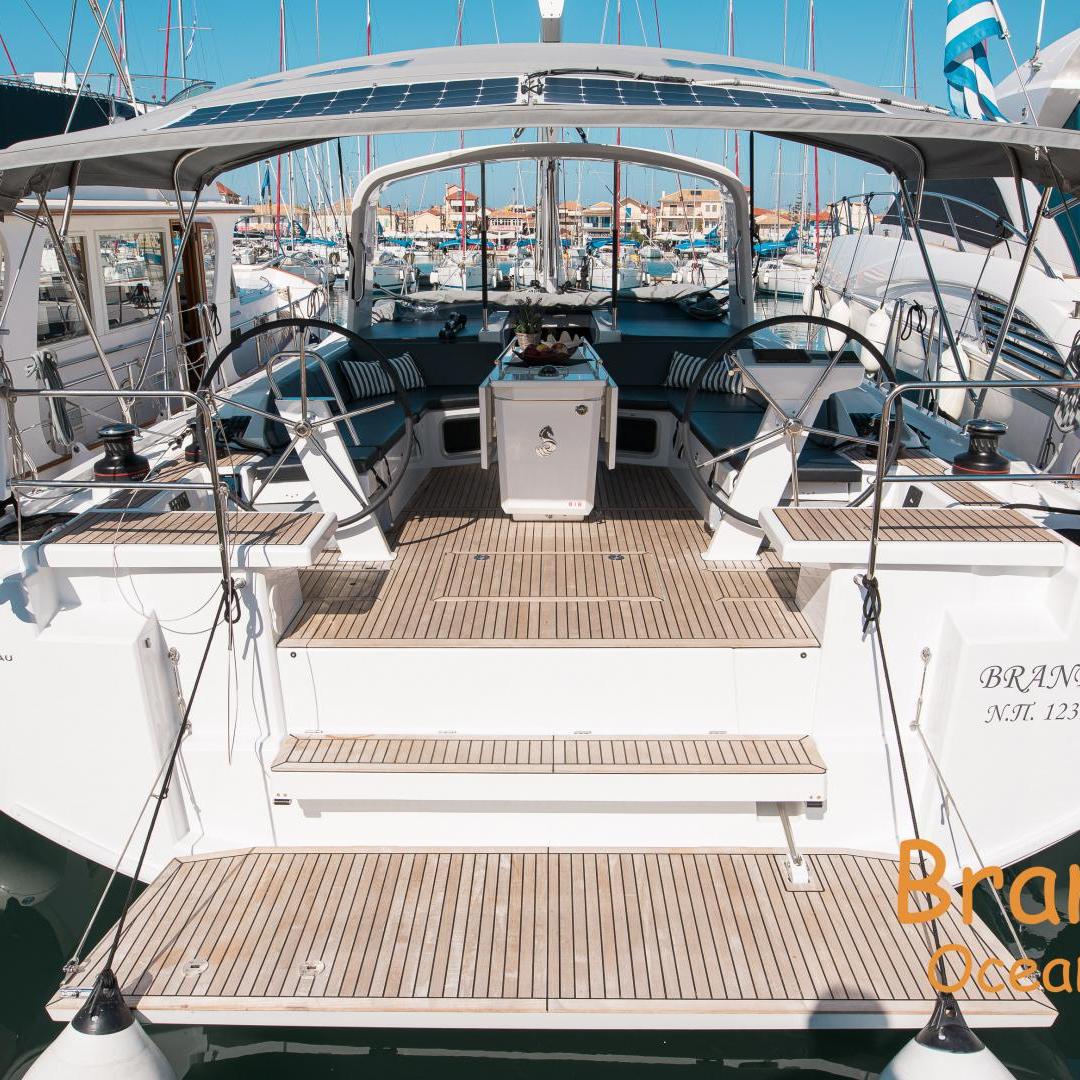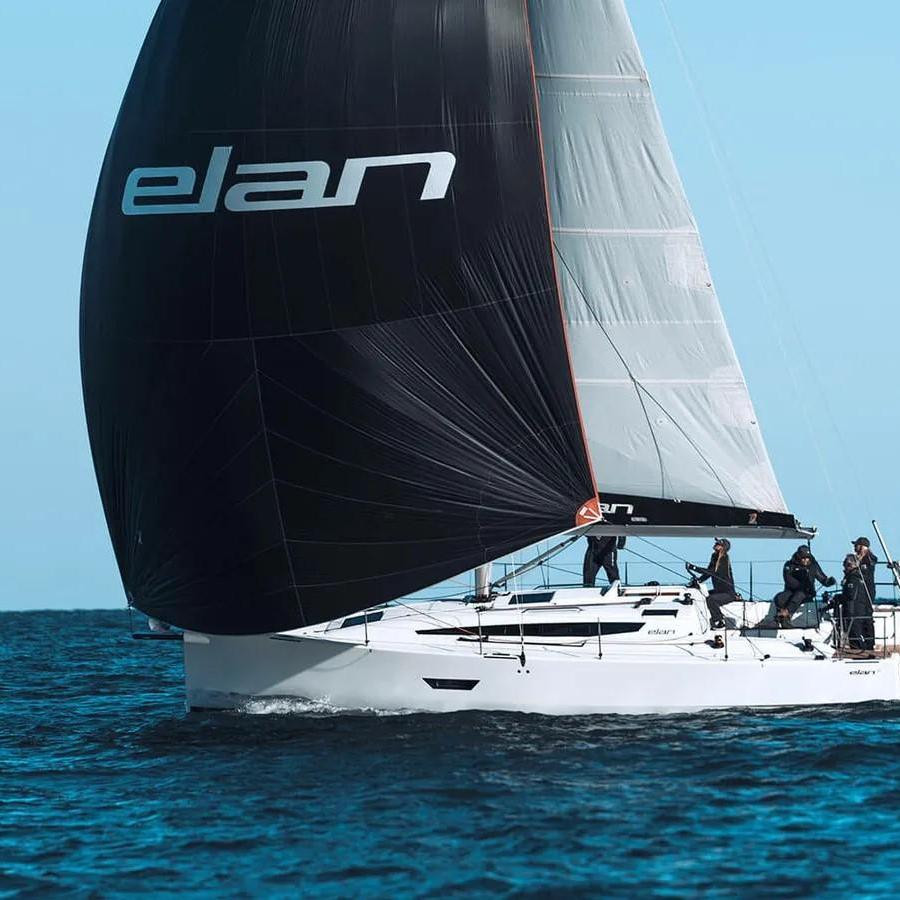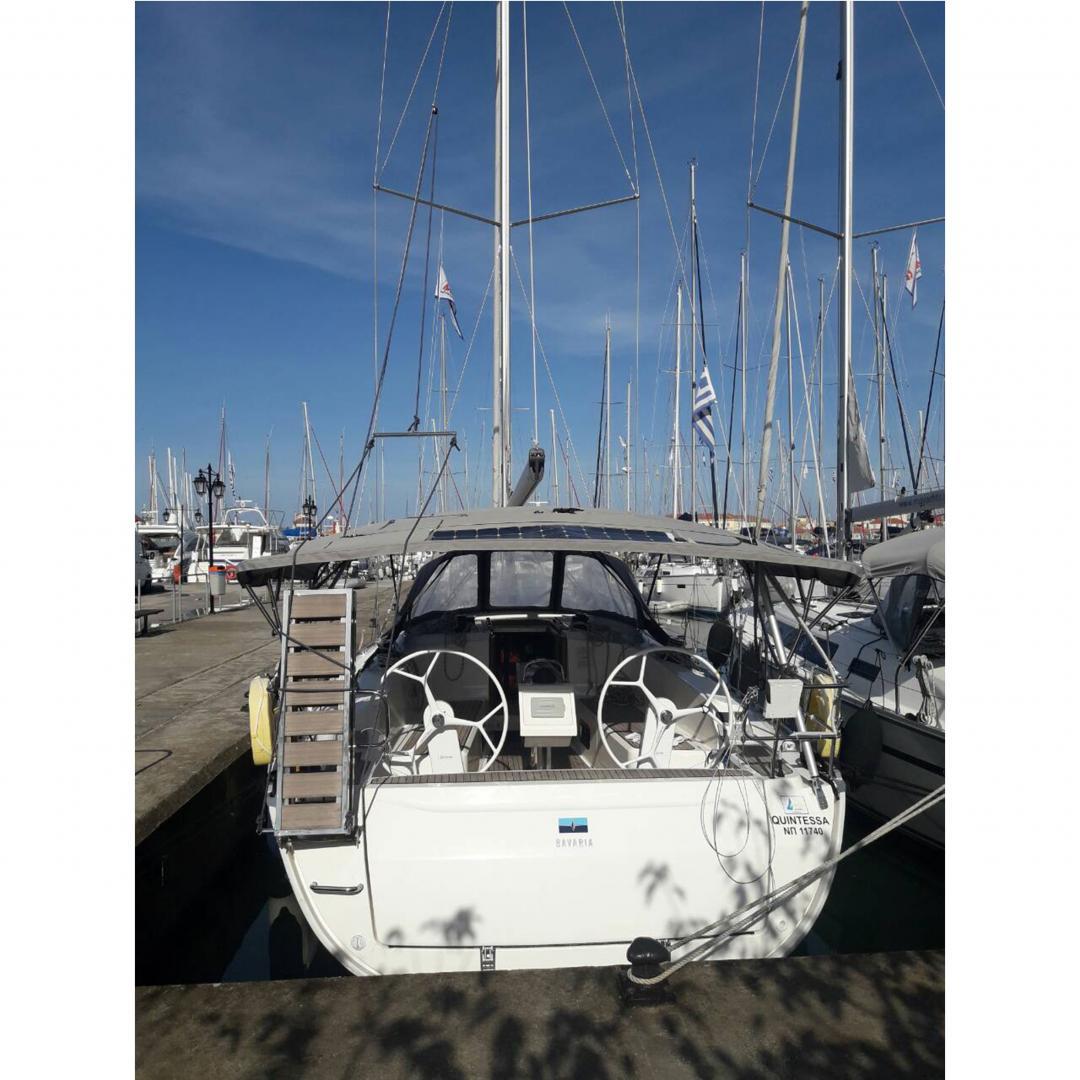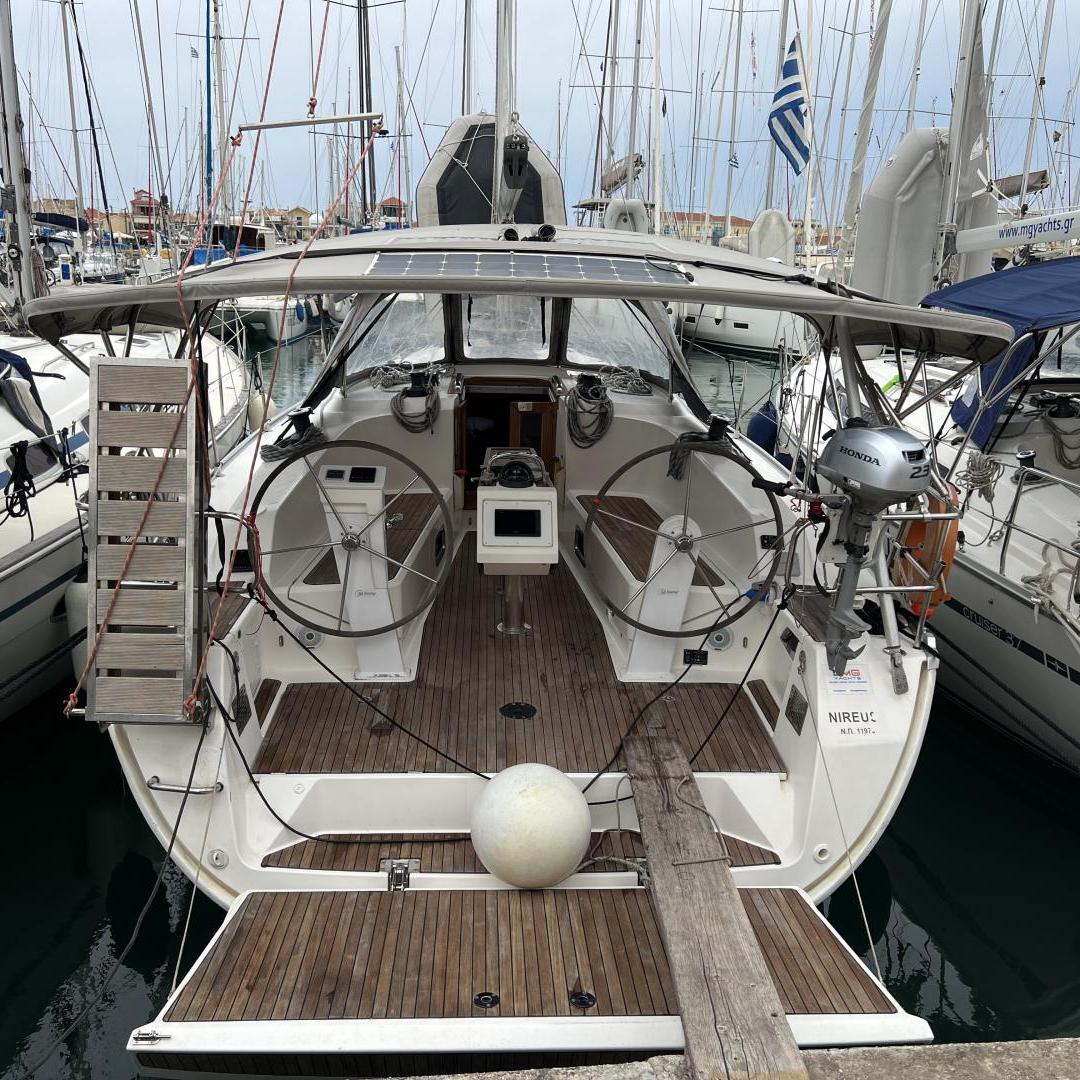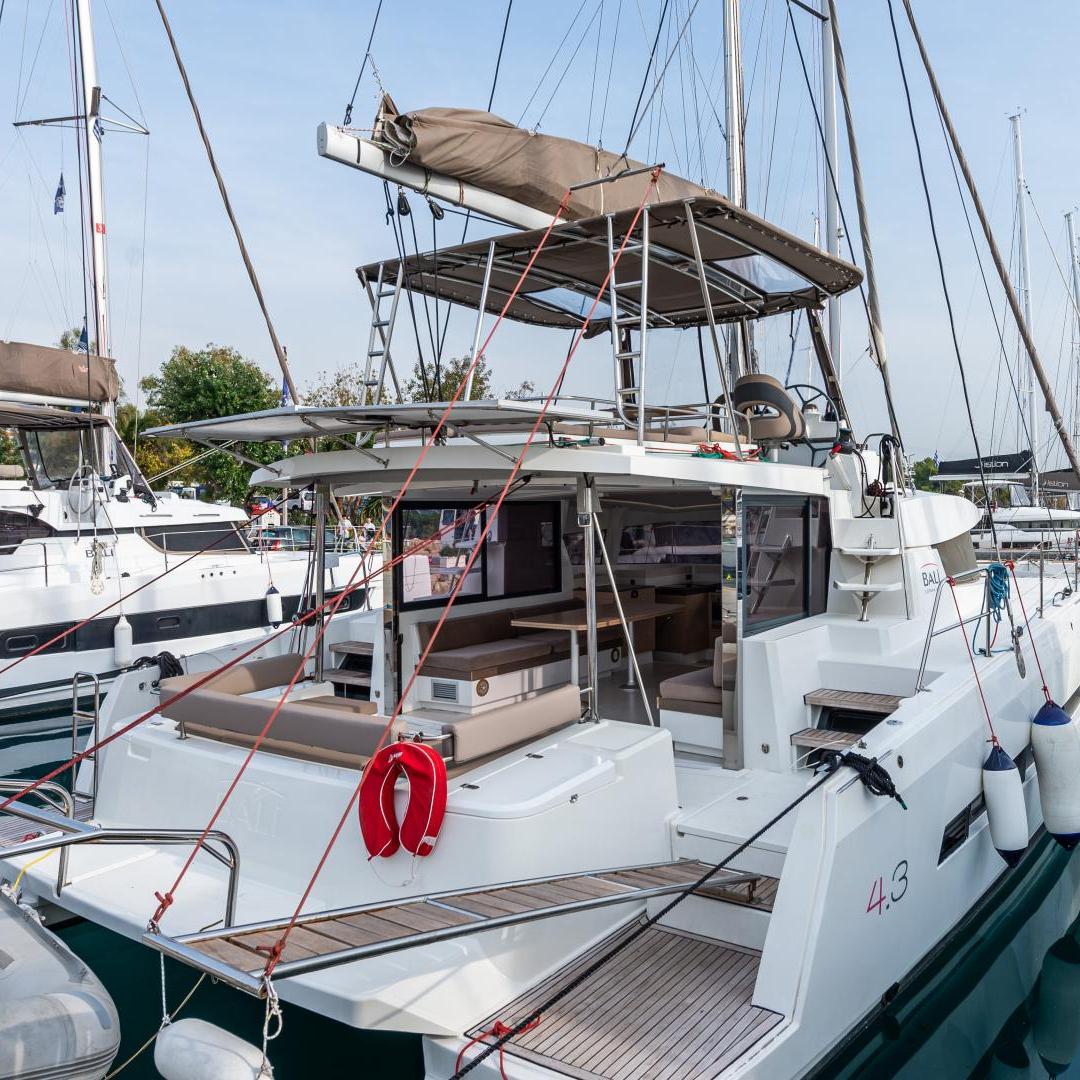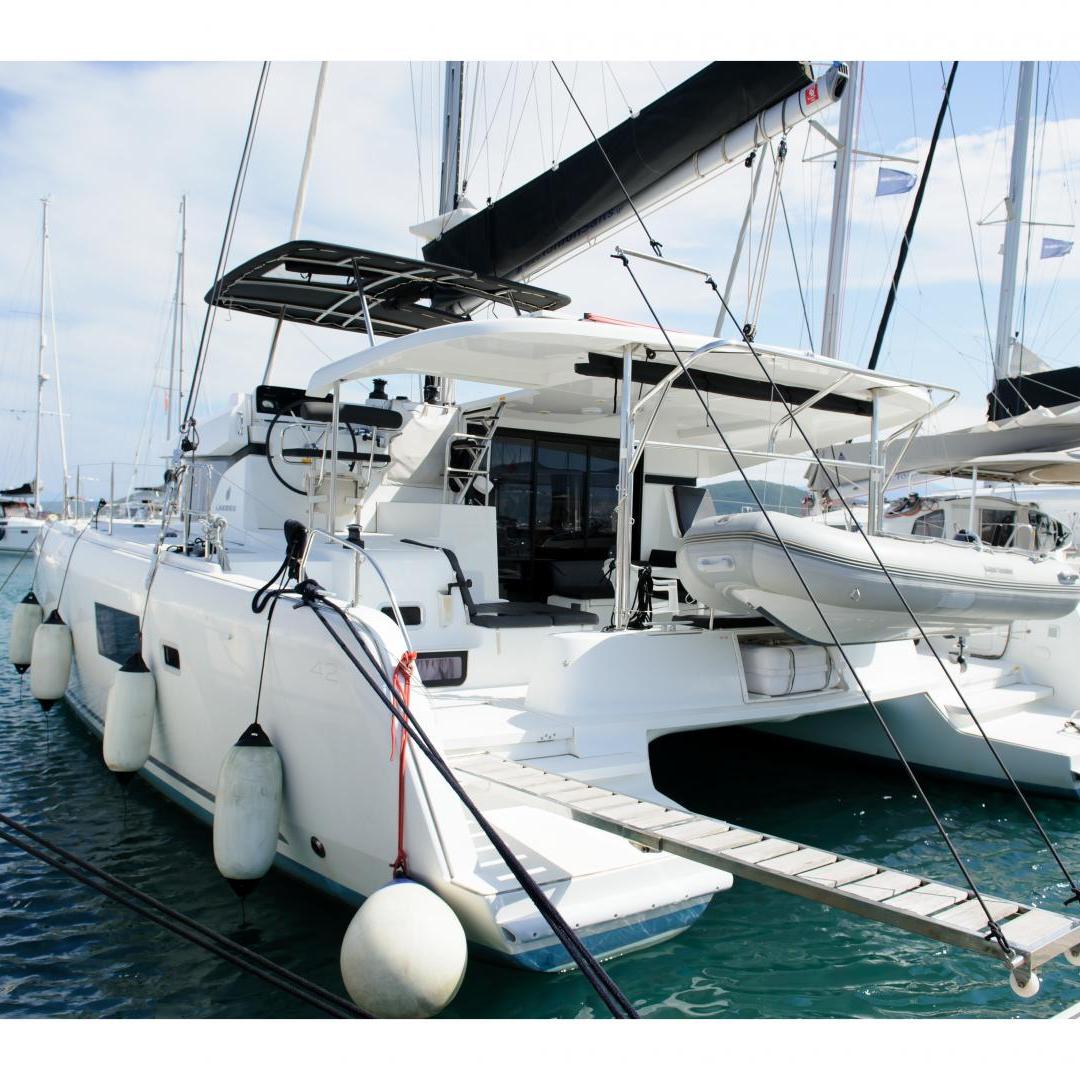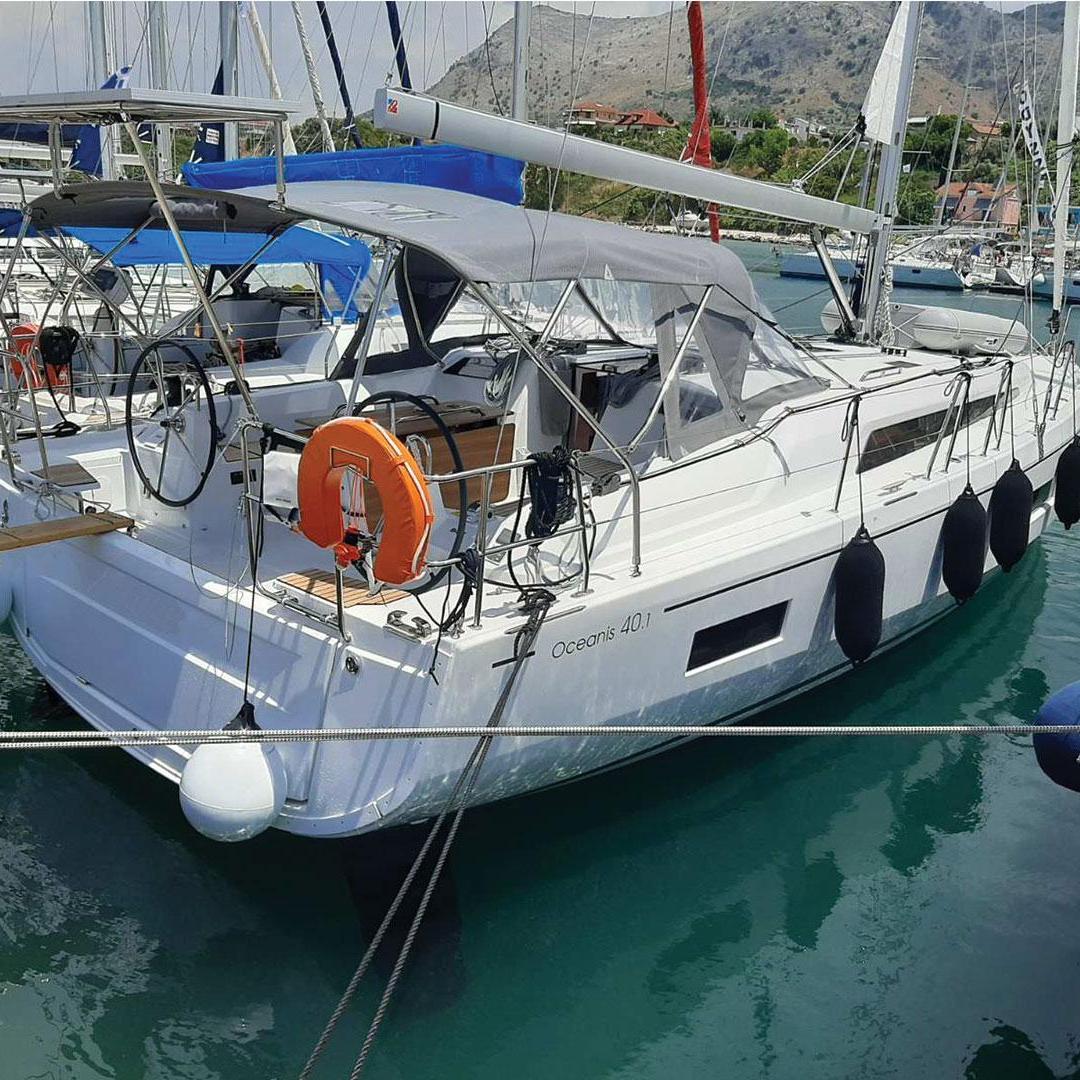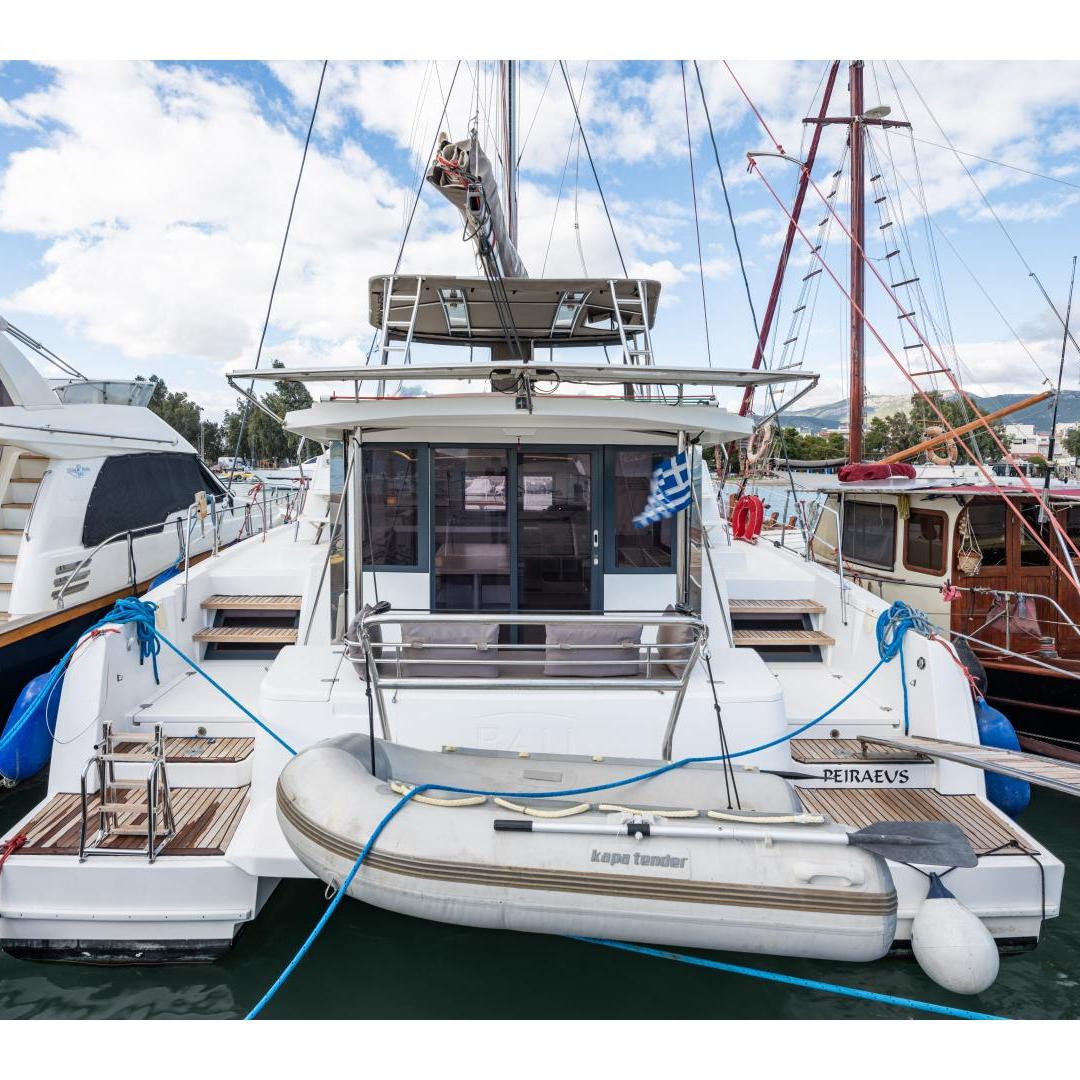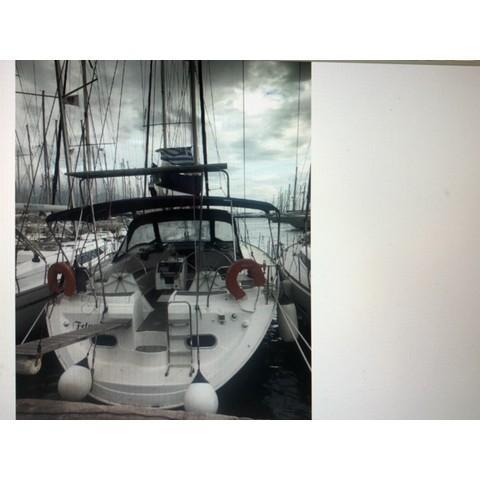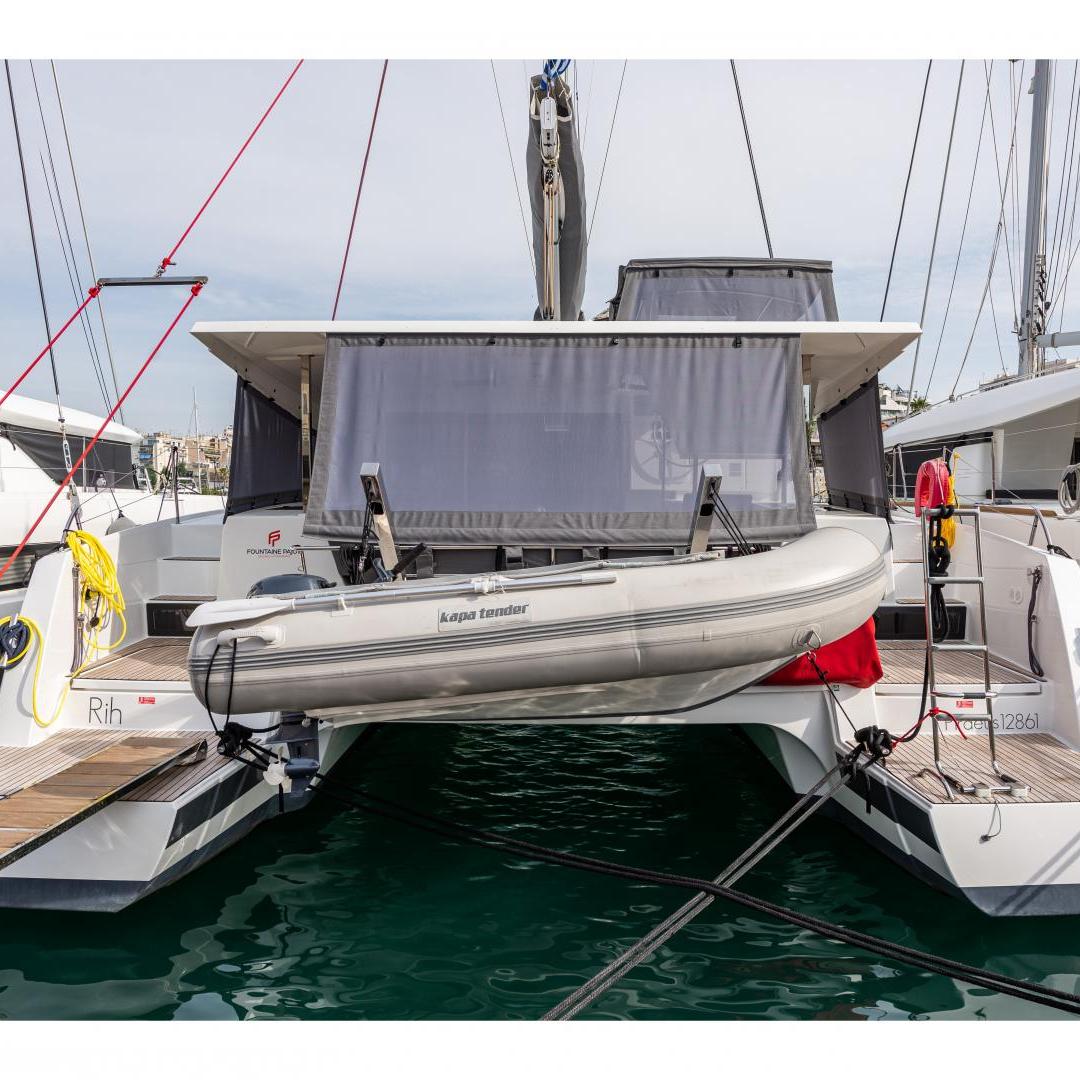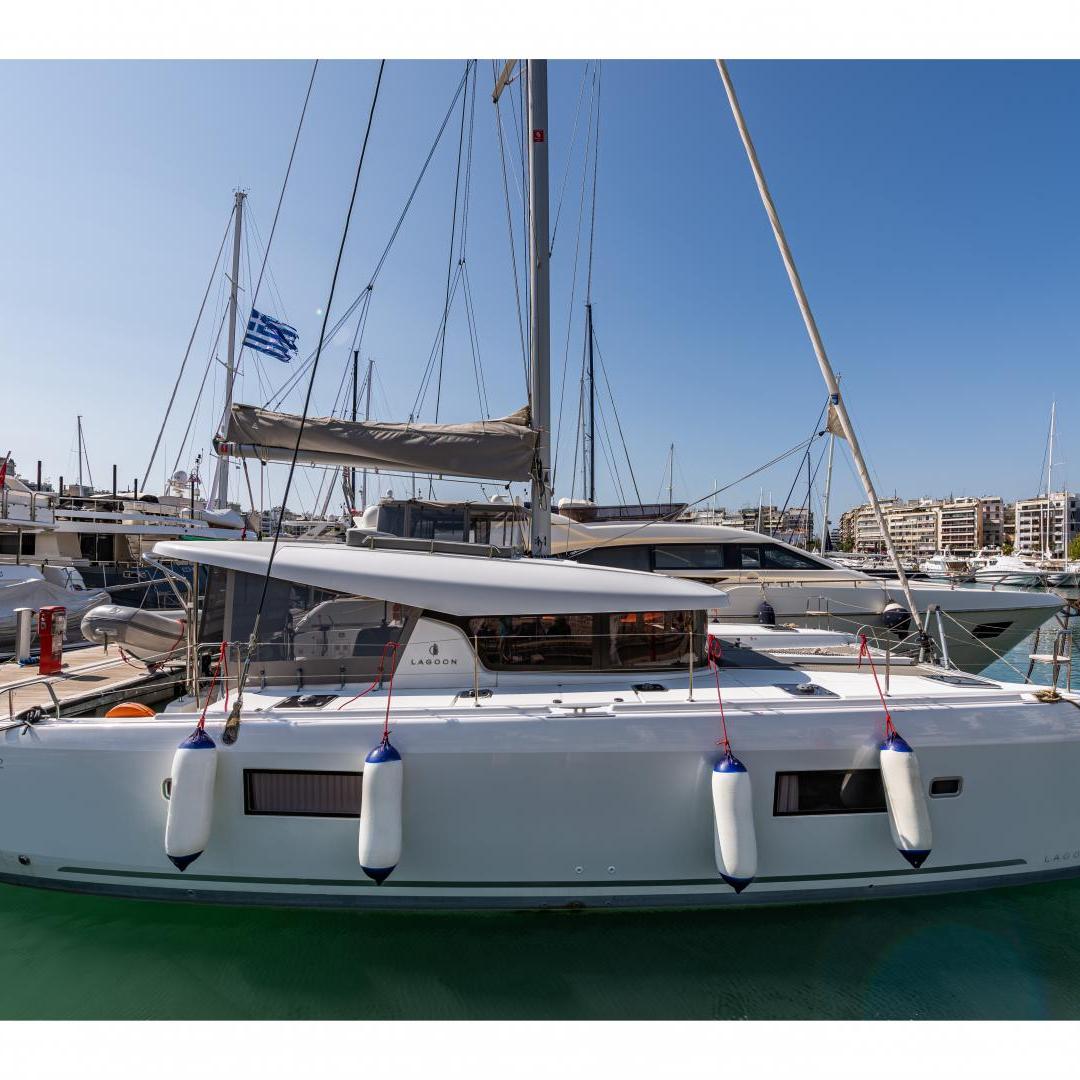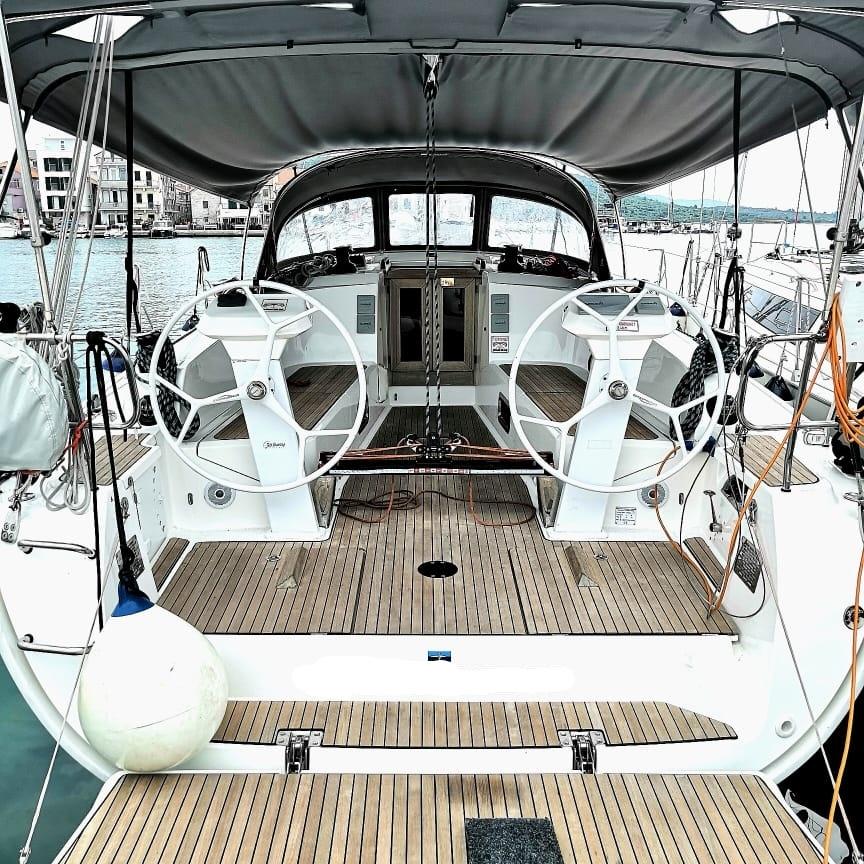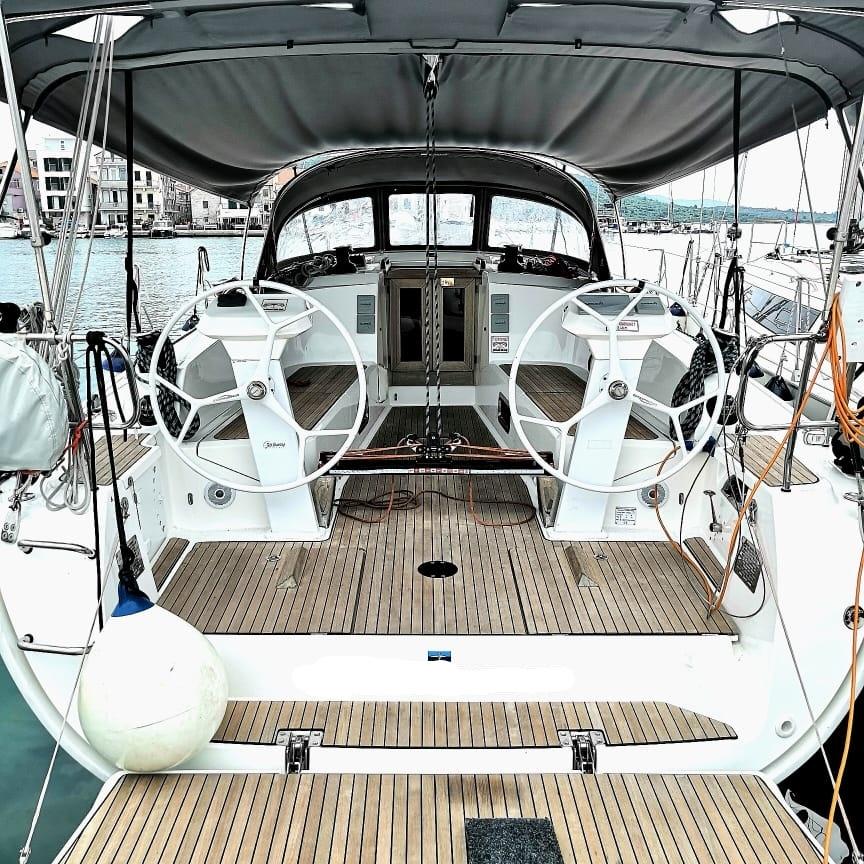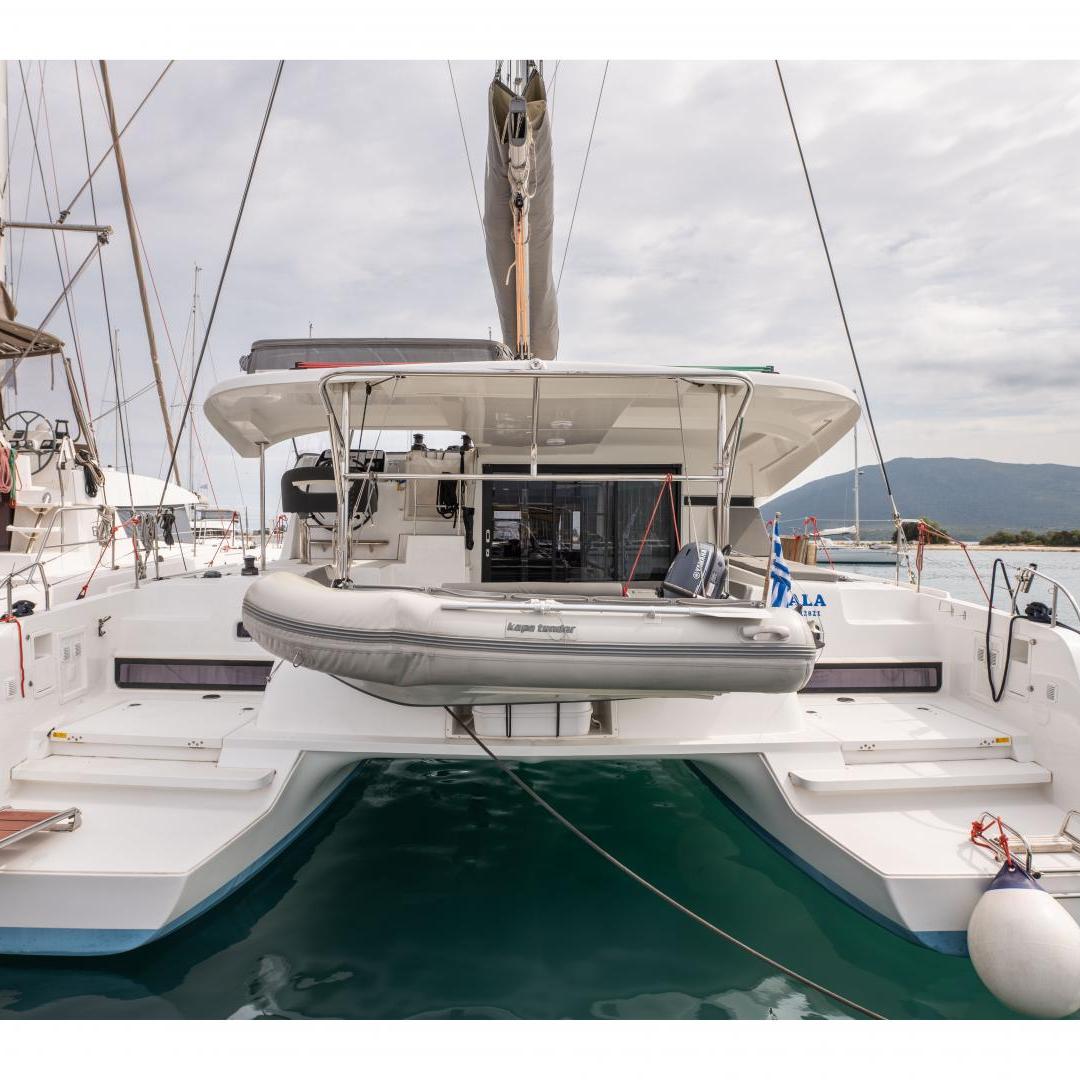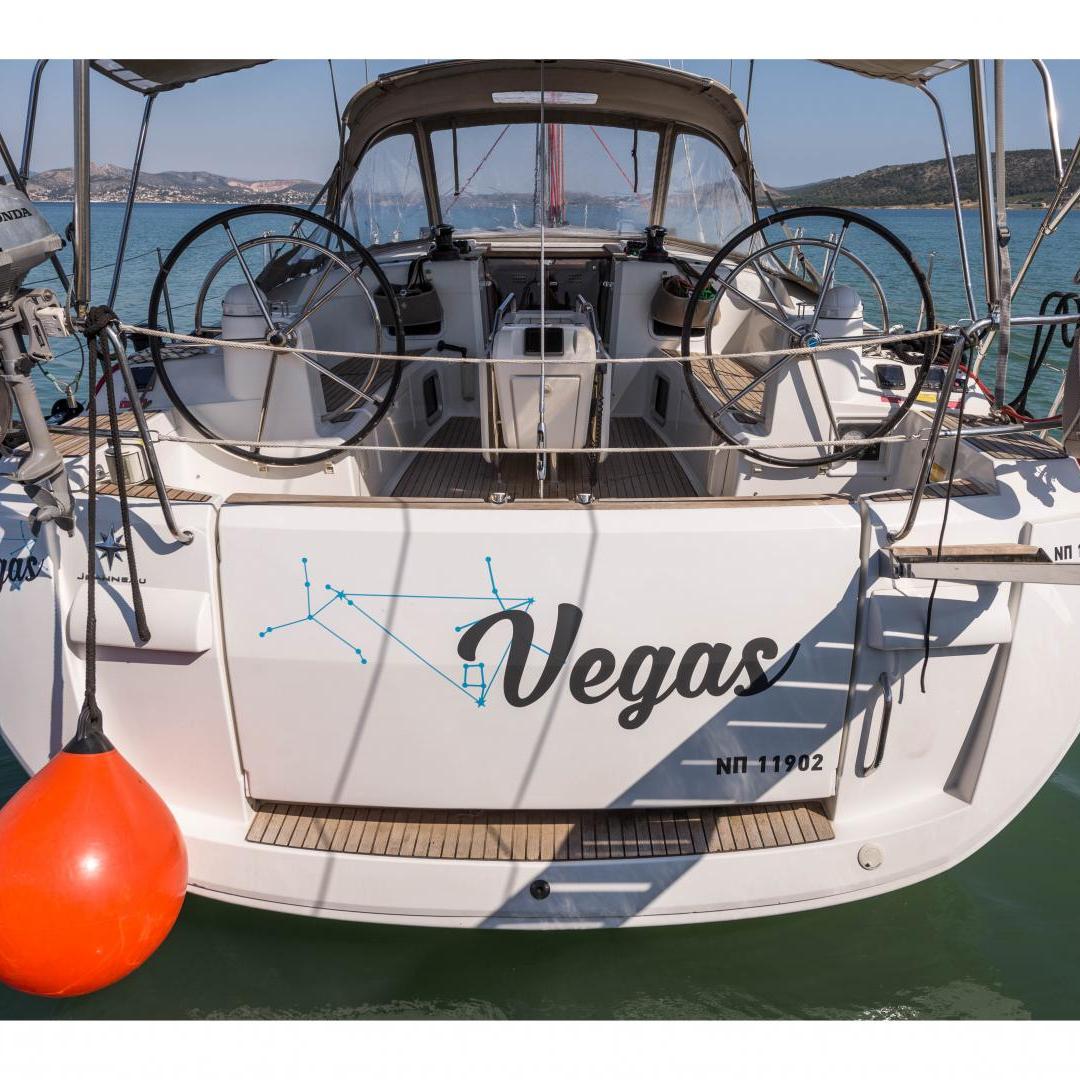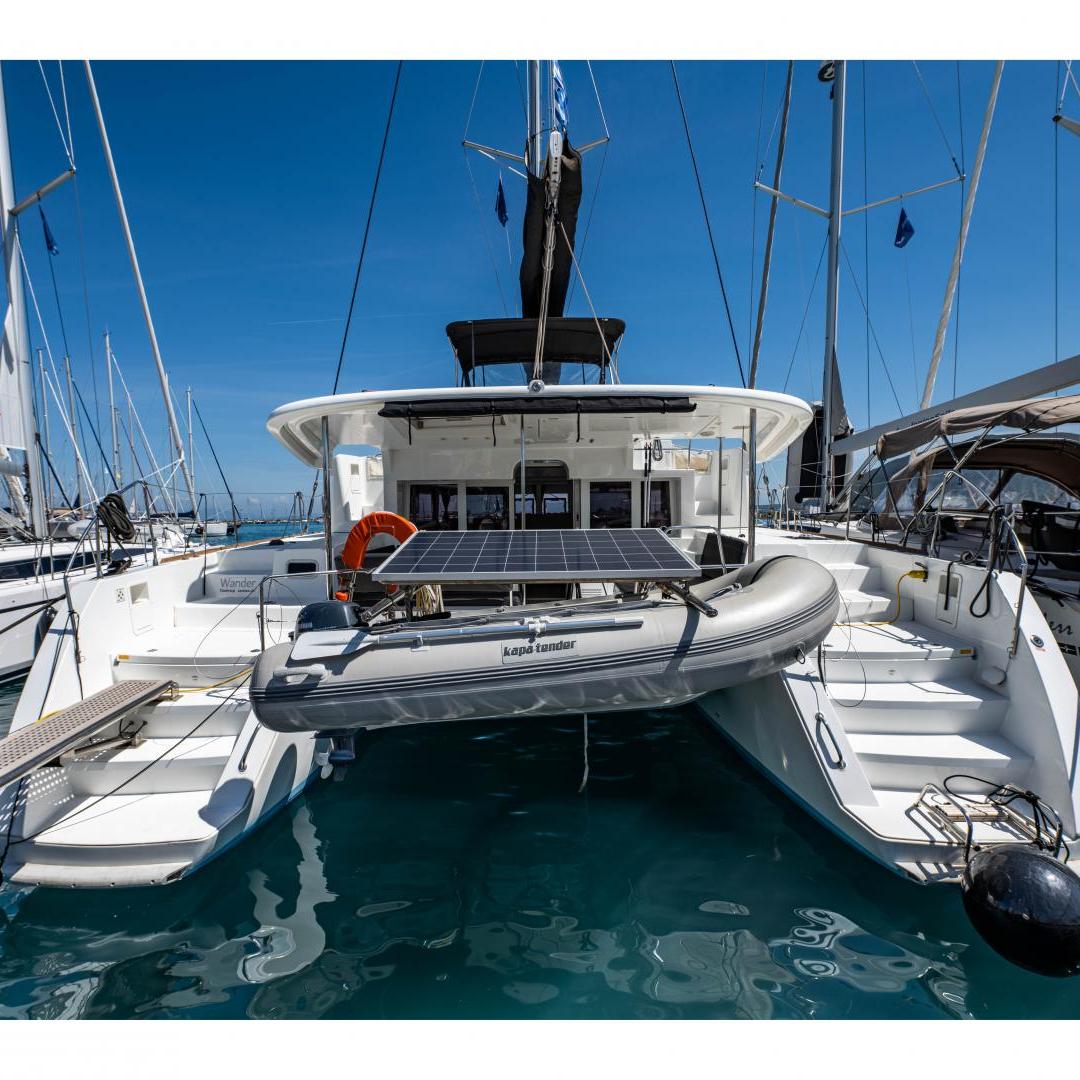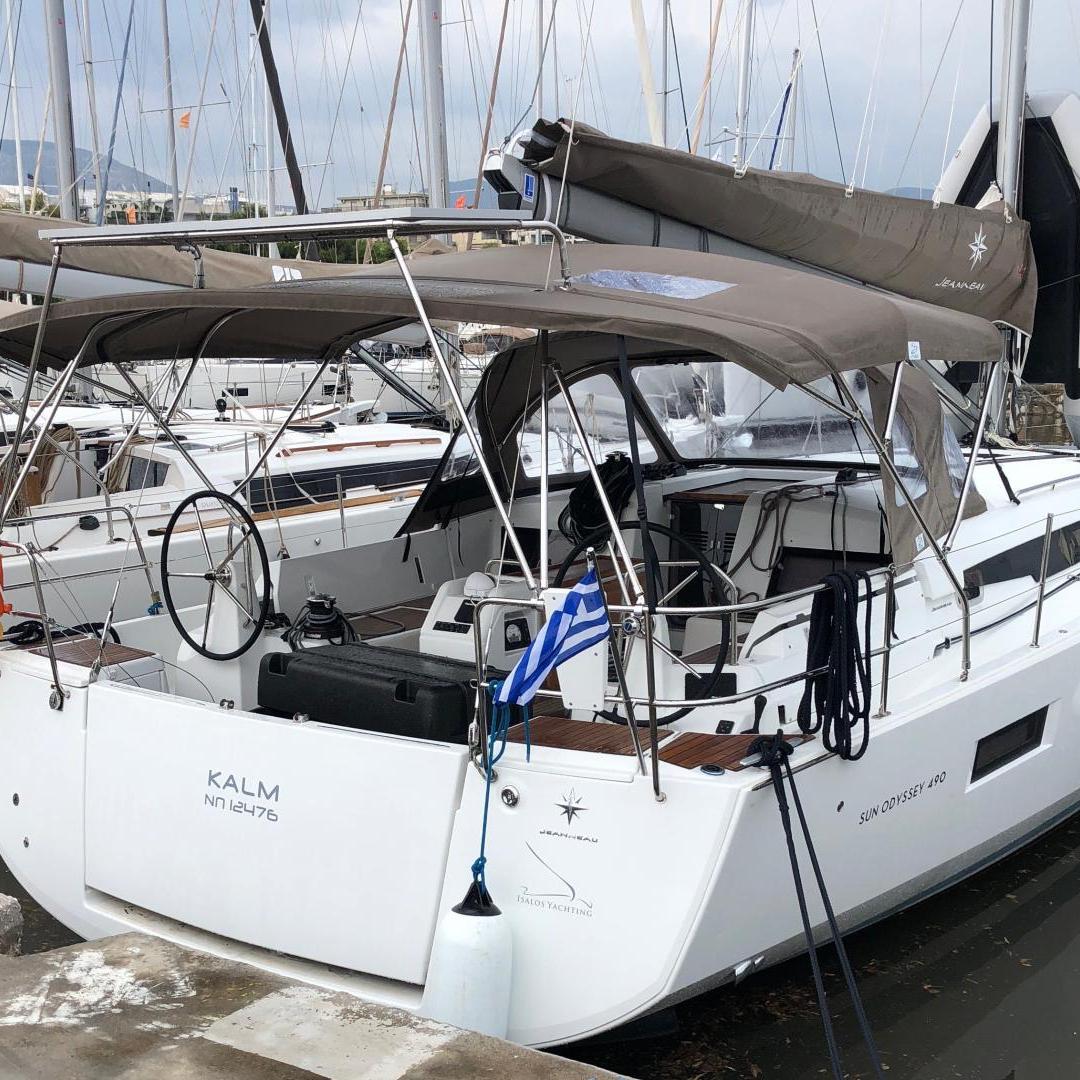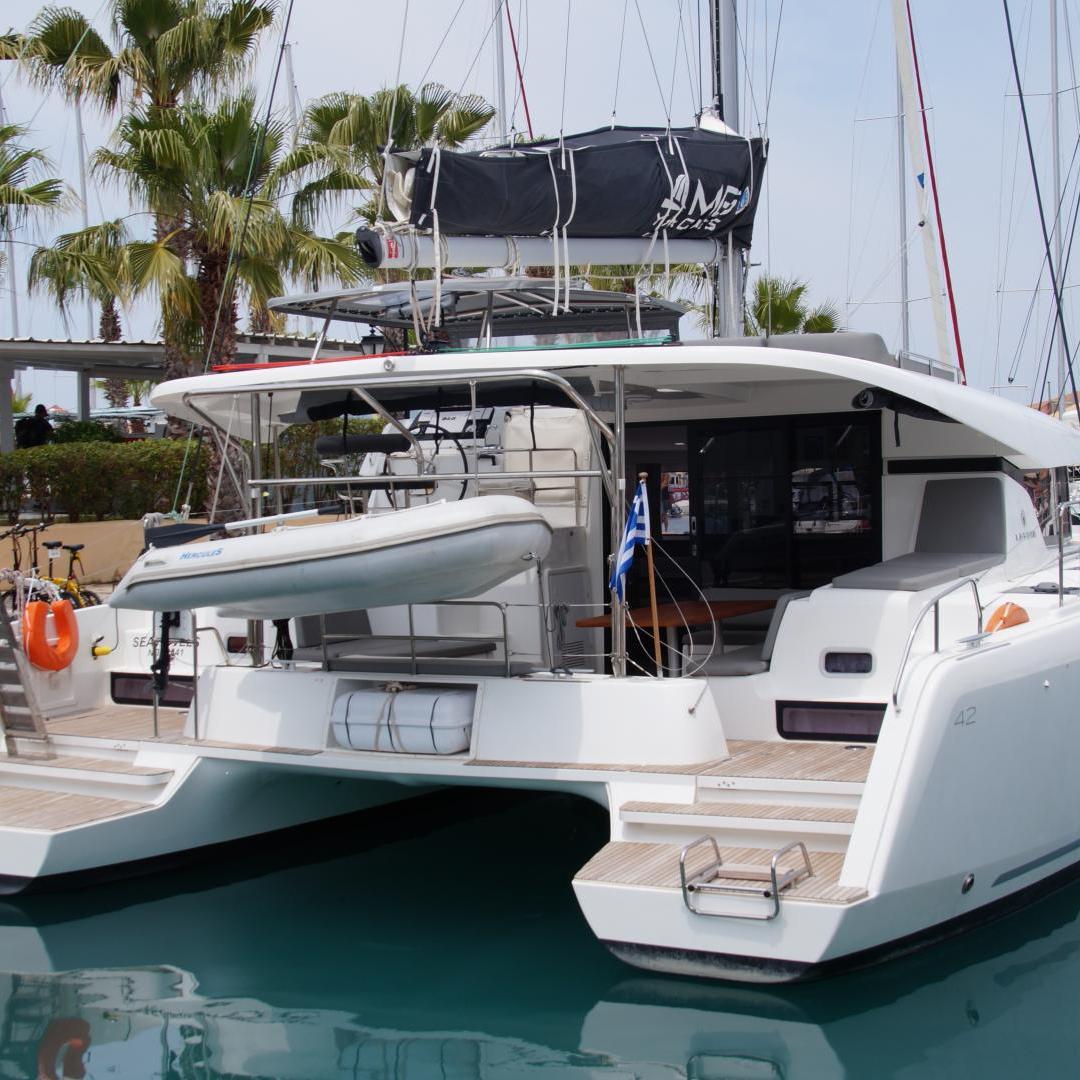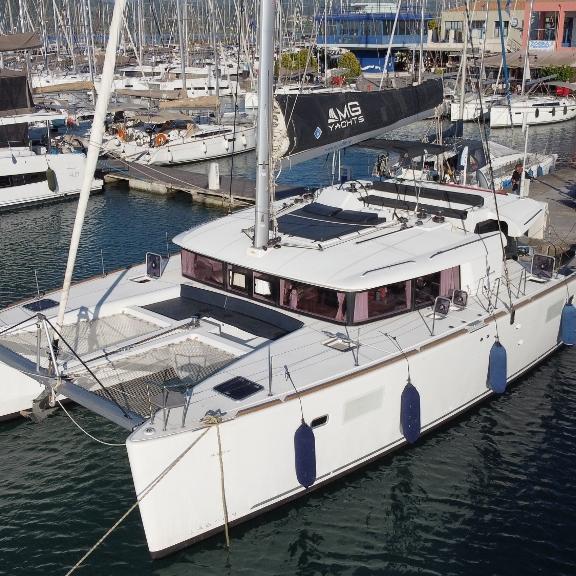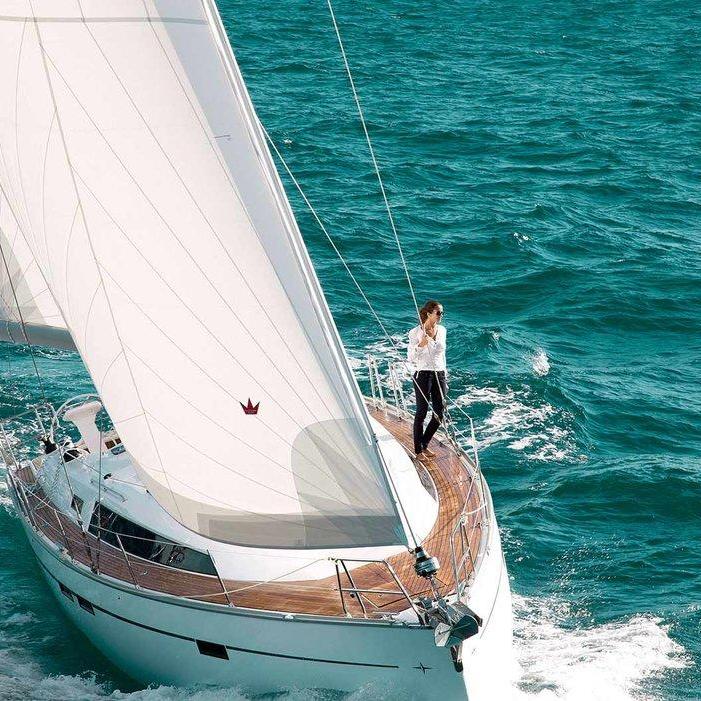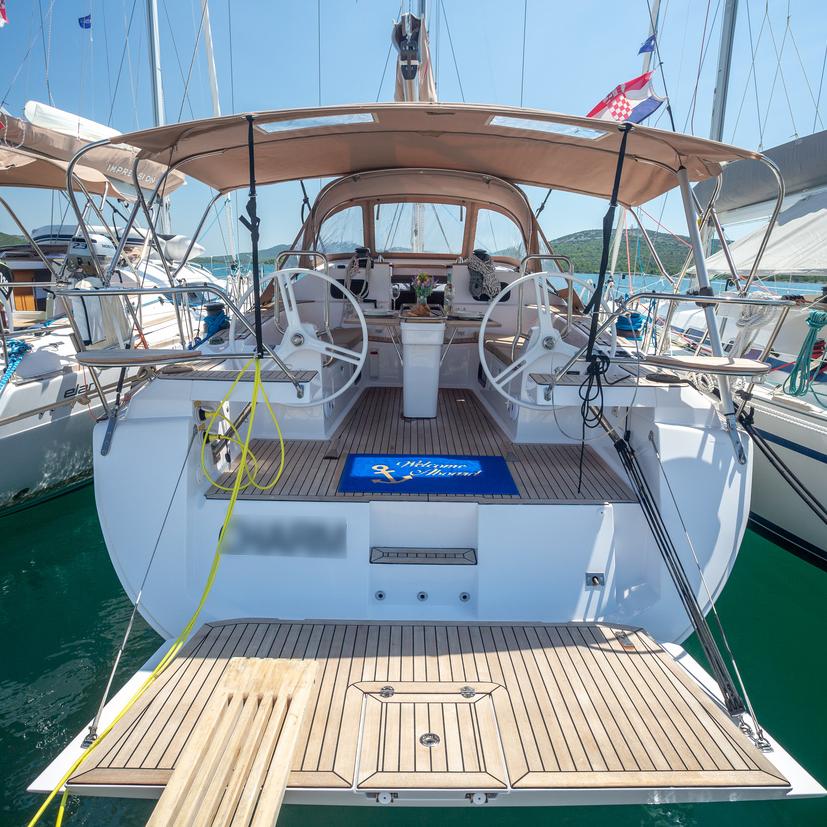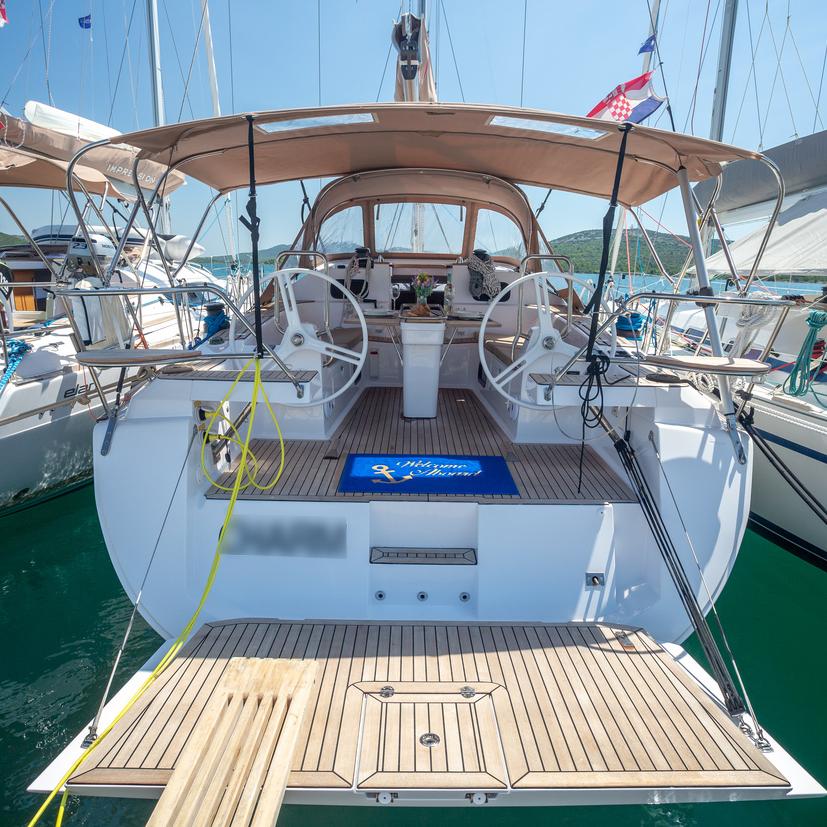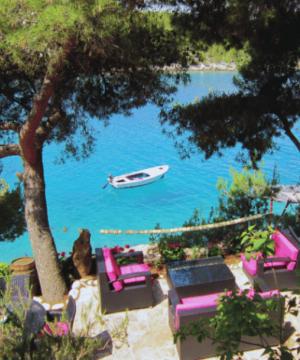There is a list of things you need to know about sailing, including basic terminology in order to better control the sailboat and communicate better. This includes being able to read maps and compass in navigation and, knowing the most important maintenance and "rules of the road". Surely you have sailed before, but have you ever wondered how sails work? How can sails harness the power of the wind and propel a sailing yacht forward?
Sailing is centuries old and has been used to navigate the waters faster and more efficiently. Sailing is an elementary concept, but a fascinating one nonetheless. We want to look at the physics behind sails and find out how they work to move a ship through the water.
We'll also look at the different types of sails used on sailing yachts and how they're used to navigate. Whether you're an experienced sailor or just curious about how these remarkable structures function, it's always good to remind yourself or learn something new. So, let's go on a voyage of discovery and learn how sails work.
How do sails actually work?
Our journey takes us straight to the fundamental physics of sailing. But don't worry – there will be no lecture here. However, it's important to know that, at its core, physics is about understanding how the world works.
In sailing, for example, the energy of the wind is converted into kinetic energy, i.e., the energy of movement. Simply put, sails use the wind to propel a ship through the water. When the wind blows against the sail, it creates lift, which propels the sail and the ship forward.
To change the direction and speed of a yacht, one can adjust the shape and position of the sails, as well as the direction and strength of the wind. It should be noted that the wind can cause the hull of the yacht to lean to one side, which is where the keel and rudder come into play. They are used to counterbalance this force and maintain the stability of the yacht.
The keel is a significant and bulky fin that is attached to the bottom of a vessel. It plays a crucial role in keeping the vessel upright and stable, especially in rough waters and windy conditions. On the other hand, the rudder is a flat blade that's affixed to the stern of the yacht, and it's utilized to steer the vessel by directing the flow of water around the hull.
Apart from the wind and the shape of the sails, there are other factors that play a significant role in the speed and direction of a sailboat. The water's resistance and the hull design of the boat also come into play. The hull must be designed in a way that it can efficiently cut through the water while providing enough buoyancy to keep the boat afloat. The shape and size of the hull, the keel's depth, and the sails all combine to affect the vessel's overall performance.
Once you set sail, the logic of sails becomes clear, though it may seem confusing at first. Being completely prepared is essential for a successful sailing vacation.
The Art of Sailing: Learn About Different Types of Sails
The three most common types of sails used in modern sailing are the mainsail, head sail, and spinnaker. Additionally, other sails used on a sailboat include jibs, genoas, staysails, gennakers, and drifters. These sails are generally used in conjunction with the mainsail to optimize the vessel's efficiency while sailing in varying wind conditions.
Main sail: The main sail on a sailing yacht is the primary sail used for propulsion. It's typically the largest sail on the vessel and is located on the main mast, the tallest mast on the yacht.
The main sail is typically triangular, or quadrilateral in shape and is controlled by a series of lines (called "sheets") that adjust the tension in the sail.
When sailing towards the direction of the wind, also known as upwind, the main sail propels the boat forward. Conversely, when sailing with the wind, or downwind, the main sail is utilized to steady the yacht and maintain its intended course. The shape and size of the main sail can be adjusted to suit the wind conditions and the desired performance of the yacht.
A head sail refers to any sail located in front of the mast on a sailing yacht. Usually controlled by sheets, these sails enable sailors to adjust the angle of the sail in relation to the wind. Properly trimming the head sails is crucial for maximizing a yacht's speed and performance. Different head sails, such as jibs and genoas, can be used.
Jib: The jib is a triangular sail located at the front of the sailboat, attached to the forestay (a wire that runs from the bow to the mast). It helps to stabilize the vessel and provides additional propulsion.
This smaller sail is placed in front of the mast and is used to help the yacht turn more easily. It's typically used when the wind comes from the front of the yacht.
Genoa: A genoa is a large, overlapping jib sail that is placed in front of the mast and provides extra propulsion to the yacht.
Genoas are large, triangular sails attached to the forestay and are used to increase the yacht's speed. They are typically used when the wind comes from the side or slightly behind the yacht.
Genoas and jibs are both made of lightweight fabric and are designed to be easily manoeuvred. They play a crucial role in the sail plan of a yacht and are often used in conjunction with the mainsail to give the vessel the necessary power and agility to sail efficiently.
Spinnaker: The spinnaker is a type of sail that is predominantly used during downwind sailing, where the wind is coming from behind the yacht. It has a large, balloon-like shape, designed to capture as much wind as possible. It is mainly used in yacht racing and recreational sailing to help the yacht sail faster, especially when the wind is strong.
Gennaker: A gennaker is similar to a spinnaker but is more closely related to a genoa. It's designed for use when sailing downwind at close reach, with the wind coming from behind and slightly to the side of the sailboat.
Staysail: This type of sail used on sailing yachts provides additional sail area and stability when sailing downwind.
The staysail is a sail that is used on a yacht in addition to the mainsail and headsail. It is typically set when the wind is moderate to strong and the yacht is sailing downwind. The staysail helps to balance the yacht and prevents excessive heeling. It can also improve the yacht's speed and efficiency.
Drifter: Drifter sail is a large, lightweight sail attached to the mast and boom used on sailing yachts to provide additional sail area when sailing downwind. It is designed to be flown from a spinnaker halyard.
The drifter sail is typically used when sailing downwind in light winds. It is easier to handle than a spinnaker and is often preferred by less experienced sailors.
Charting a course? Explore different points of sail
Now that we have learned all that is to know about sails, do you know where to sail? No surprise here; sailing has "its own" directions, called points of sail.
The points of sail are the different directions in which a sailboat can sail relative to the direction of the wind. In sailing, it's said there are 6 points of sail:
Close-hauled sailing - The yacht is sailing as close to the wind as possible while maintaining momentum.
Close reach - the yacht is sailing at an angle to the wind that is less than a beam reach, but more than a close-hauled sail.
Beam reach - the wind is coming from behind the sailboat's beam.
Broad reach - the wind is coming from behind at an angle, and the sails are trimmed in such a way as to maximize the speed.
Running - the wind comes directly behind the vessel, and the sails are trimmed to maximize speed.
Downwind sailing - the wind is coming from behind, and the sails are trimmed in such a way as to keep the vessel moving in a straight line.
And finally, once you have learned all the names of the sails on a sailboat, comprehended the physics of sailing and understood the different points of sail, the only thing left to do is to plan your next exciting adventure.

